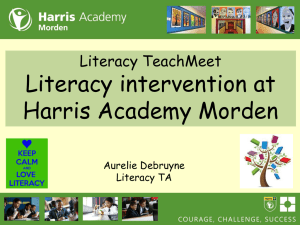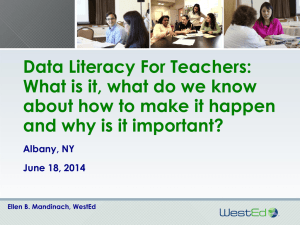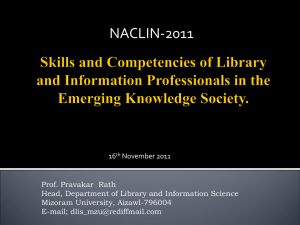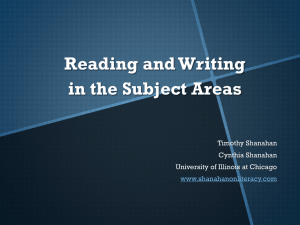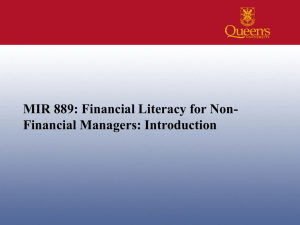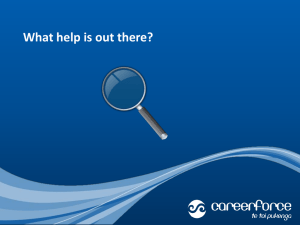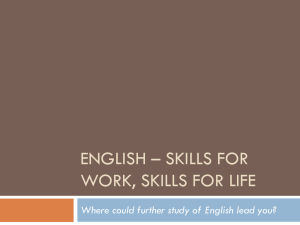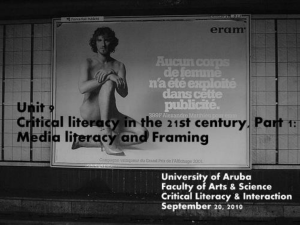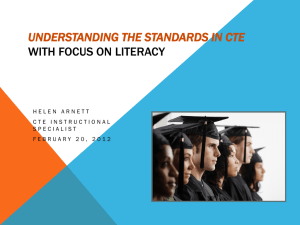Health Communication
advertisement
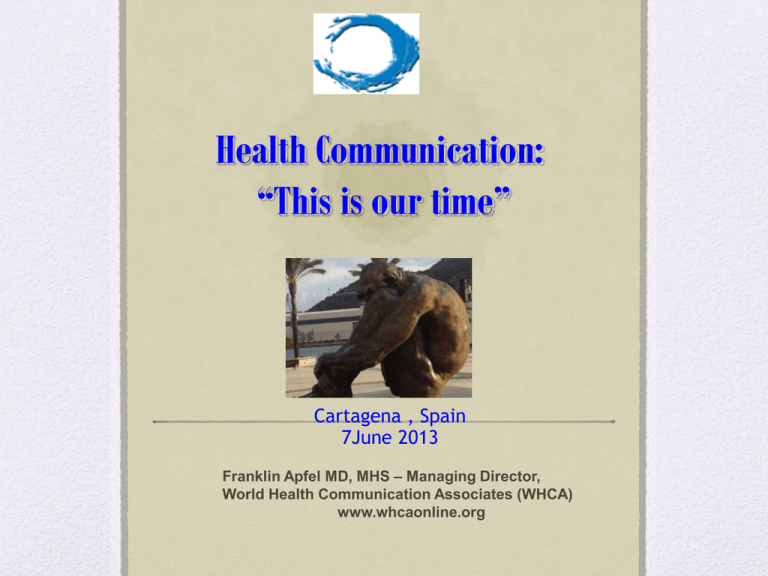
Health Communication: “This is our time” Cartagena , Spain 7June 2013 Franklin Apfel MD, MHS – Managing Director, World Health Communication Associates (WHCA) www.whcaonline.org Aim To have a conversation with you about : • Why communication is an increasingly important determinant of health • Why “this is our time” – how public health can use “new “ and old communication tools and platforms to make healthier choices easier What is health communication? • A multifaceted and multidisciplinary approach to reach different audiences and share healthrelated information with the goal of influencing, engaging, and supporting individuals, communities, health professionals, special groups, policymakers and the public to champion, introduce, adopt, or sustain a behavior, practice, or policy that will ultimately improve health outcomes (Schiavo, 2007, p.7) Conversation- dialogue Communication is a 2-way reality Two-way thinking Traditional information communications & ‘message based’ approach OUR mission & crafting ‘our messages’ communicating the information & messages ‘the audience’ Audience centred or insight based approach understanding 1: the audieence & 2: the behaviour starting with ‘the audience ’ everyday lives hopes hopes & fears / values & beliefs behaviours infuences generating ‘insight’ what really ‘moves & motivates’ The behavioural challenge Car seats = self evidently safer! Directly reducing injury & deaths Child care seats & Hispanic mums CORE INSIGHTS ‘My child is safest in my arms’ ‘God will decide when to take my baby’ How to create a valued product or service? Priests bless the car seats AED ‘HAVING A GOOD TIME “Its very important to get drunk. I’m spending money and I want to get drunk, and if I don’t it’s just a waste of money!” Quoted in Alcohol Harm Reduction Strategy for England, Cabinet Office 2004 ‘INSIGHT’ What causes binge drinking ? You only have to look at the price list (Bar manager) Supply Side logic Binge drinkers consider it their right. It’s a release for the working class to forget their lives (Youth worker) Socio political logic is the key Why (1) is Health communication is an determinant of health Determinants of health Dahlgren and Whitehead’s Rainbow Model Dahlgren and Whitehead, 1993 Health literacy is the key mediating factor and metric Health literacy friendliness Social nor Hazard Marketing Dahlgren and Whitehead, 1993 Health Literacy The capacity to obtain, interpret, understand and use health information and services to enhance health. HLS-EU Definition Measuring health literacy- the questions Country scores ( HLS-EU consortium,2012) Inadequate and problematic health literacy – inequities Health outcomes of “ inadequate and problematic” health Literacy • • • • • • • • • • • Poorer health choices Riskier behaviours Less use of preventive services More delayed diagnoses Poorer understanding of medical conditions Less adherence to medical instructions Poorer self-management skills Increased risk of hospitalization Poorer physical and mental health Increased mortality risk Higher health costs Health Literacy for all and by all • People- risk assessment, disease prevention, health care seeking, disease management • Providers- social determinants of health, patient centered care • Policy Makers- Health in all policies THE INTERACTIVE NATURE OF HEALTH LITERACY • Health literacy is a dynamic reality. It occurs when skills and abilities to get and use information are aligned with the complexity/clarity of demands/tasks required for health. Many sectors and settings • Health Systems • Education • Media health information marketplaces • Home Community • Workplace • Policy Making Arenas Why (2) is “This is our time” • How can we use our new knowledge, tools and platforms to reach individuals and mass audiences and strengthen health literacy and make healthier choices easier Are you part of the “we” ? When you think of a health communicator- what is your image ? Many have this image The “spokesperson” At the bedside In the clinic Workplace In the community Public health is all about communication We are all communicators! In fact 60- 80% of most public health workers time relates to communication Provider-patient, emails ,social media, conferences, report writing, telephoning, intelligence/insight gathering , publishing ,reading, advocating, talking to ourselves and others Making health systems more health literacy friendly Adopting “universal precautions” (re)Design systems around access • Provides easy access to health information and services and navigation assistance • Redesigns systems and physical space • Make signage and instructional materails understandable • Provides “navigator” assistance where needed Strengthen our communication skills • Use health literacy strategies in interpersonal communication and confirm understanding at all points of contact • Confirm understanding (such as using the teach-back, show-me or chunk-and-check methods) • Secure language assistance for speakers of languages other than the dominant language • Limit to two to three messages at a time • Use easily understood symbols in way-finding signage Engage with audience • Design and distribute print, audiovisual and social media content that is easy to understand and act on . • Involve diverse audiences, including those with limited health literacy, in development and rigorous user testing • Use a quality translation process to produce materials in languages other than the dominant language Use new and old tools to enhance our impact and reach Tools Platforms • Framing • Print media • Formative research • Television • Social Marketing • Radio • Media Advocacy • Internet • Advocacy communication • Social media • Lobbying • M-Health • Internet based advocacy • Community –based • Networking • Personal Framing is key Framing is “selecting some aspects of a perceived reality and making them more salient …in such a way as to promote a particular problem definition, causal interpretation, moral evaluation and/or treatment recommendation” (Entman, cited in Chapman 2004, p.362). Frames create the context within which policy debate takes place Learning from the Hazard merchants Big Tobacco Framing Reframing Reframing Alcohol Ads Less is better • Linking alcohol and abuse Reframe investment decisions Value not cost Use new platforms – to enhance our skills To empower To gather intelligence (Citizen Science) To interact- social media sites Why social media is critical To connect More mobile phones than toilets • Out of the world’s estimated 7 billion people, 6 billion have access to mobile phones. Far fewer — only 4.5 billion people — have access to working toilets. ( and toothbrushes) . Implications for health communications • Unprecedented access to information • Monologue- dialogue • Rapid • Anywhere, anytime m-Health • Patient diagnostic and treatment support - Identifying patient symptoms correctly • Healthcare provider training & communications support - Expediting the delivery of medical treatment • Remote patient data collection - Monitoring effectiveness of treatment options m-Health cont • Remote patient monitoring - Increasing patient compliance with prescribed treatment • Education and awareness - Empowering patients to make better informed decisions • Citizen science Collecting data, surveys • Disease and epidemic outbreak tracking - Providing decision makers with timely, locationrelated information Example : Digital Health Scorecard Seven Risk factors A single number score To entertain- edutainment • Educational soaps To inform- work with journalists as key health information intermediaries And much much more … Just a taste… •Lets make some healthy “noise” together Thank You www.whcaonline.org Contact franklin@whcaonline.org
